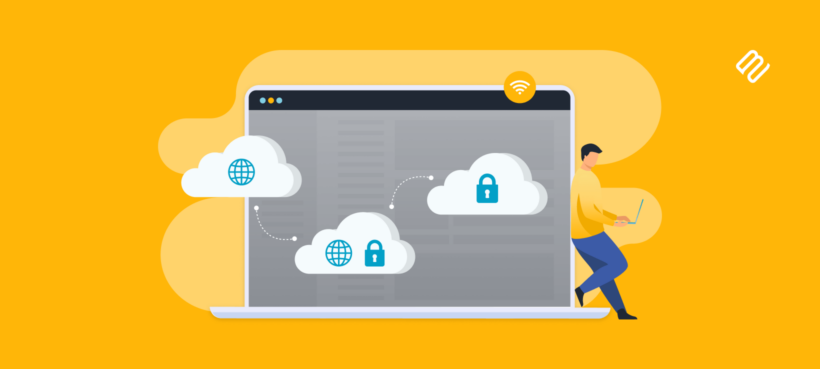Managing debt is stressful, overwhelming, and sometimes it feels like no matter what you do, it just keeps growing. But here’s the good news: with the right strategy, you can actually take control of your debt and start making real progress toward getting rid of it. The key is finding a plan that works for you and sticking to it, so you can tackle your debt without all the panic.
we’re going to walk through some tried-and-true strategies for balancing your debt repayment. From prioritizing the right debts to keeping a realistic budget, these tips will help you stay on track and—most importantly—keep your sanity. Let’s break it down together.

1. Assess Your Total Debt
Let’s start with the basics. You can’t make a real plan for tackling debt until you know exactly how much you owe—and I mean everything. We’re talking credit cards, student loans, car payments, mortgages, medical bills, and even that store credit card you opened for a 15% discount two years ago and forgot about. It’s all part of the bigger picture.
Looking at all your debt in one place might feel overwhelming, and maybe you’ve been avoiding it. But facing it head-on is the first step toward taking control of your finances. Once you see everything laid out in front of you, you’ll actually feel empowered—like you’re finally getting a handle on things.
If the numbers are making your head spin, use an online debt calculator. These tools break down how much interest you’re paying on each debt and help you figure out how long it’ll take to pay everything off. You’ll probably be surprised at just how much interest you’re throwing away each month—seeing that number might even give you the motivation you need to get going!
Once you’ve crunched the numbers and laid everything out, you can start to strategize. That’s when you can look at options like focusing on the highest-interest debt first (more on that later) or maybe paying off smaller balances to feel some quick wins.
2. Prioritize High-Interest Debt

Alright, now that you’ve got the full picture of your debt, it’s time to get strategic.
Not all debts are created equal, and the ones with the highest interest rates are the real troublemakers. We’re talking credit cards with sky-high rates that seem to keep you stuck in a never-ending cycle. It feels like no matter how much you pay, the balance barely moves, right? That’s because those high-interest debts are quietly building up interest faster than you can blink.
Try out something called the “avalanche method.” Here’s how it works: First, you make the minimum payments on all your debts (so you don’t get hit with late fees), but you focus all your extra cash on the debt with the highest interest rate. Once that’s paid off, you move on to the next highest. As you knock out those high-interest debts, you’ll notice your overall debt starts shrinking faster. It’s super satisfying to see that progress, and the less interest you’re paying, the more money you can throw at your remaining debts.
3. Use the “Snowball” Method for Smaller Debts
Sometimes paying off debt can feel like you’re chipping away at an iceberg, and it’s hard to see progress. But with the snowball method, you start with your smallest debts first.
Line up all your debts from the smallest balance to the largest. Now, make the minimum payments on all of them, but throw every extra dollar you can at that smallest debt. Once you pay it off—boom, it’s gone! Then, take the money you were using to pay off that debt and roll it into the next smallest debt. It’s like building a snowball: with every debt you pay off, the amount you can put toward the next one gets bigger and bigger. Those little victories give you the boost you need to keep going, and before you know it, you’ll be clearing out those debts one by one.
4. Explore Debt Consolidation Options

Now, let’s talk about debt consolidation. If you’ve got debts all over the place—credit cards, personal loans, maybe even a store credit card or two—it can be seriously overwhelming to keep track of everything.
Debt consolidation is basically taking all those scattered debts and rolling them into one single payment. Not only does it simplify your life (one payment, one due date—no more scrambling!), but it can also save you a ton in interest if you do it right. Just make sure you do your homework.
Not all consolidation options are created equal, and some come with fees or conditions that could end up costing you more in the long run if you’re not careful. The key is to compare your options, read the fine print, and make sure you’re getting a deal that actually helps you reduce your debt—not just spread it out over a longer period.
5. Create a Budget and Stick to It
A good budget is like a roadmap that shows you exactly where your money is going and how you can stay on track to crush your debt goals.
The key here is to create a realistic budget that works for you, not one that feels impossible to stick to. You want to make sure you’re covering all your essential living expenses—like rent, groceries, utilities, and gas—while also carving out a portion of your income specifically for debt repayment.
Allocate a percentage of your monthly income directly toward your debts, and make it non-negotiable. A lot of people recommend the 50/30/20 rule: 50% of your income goes to needs (like bills), 30% goes to wants (fun stuff!), and 20% goes to savings and debt repayment. But feel free to tweak those percentages to fit your life and your debt goals. The key is to make sure you’re consistently putting money toward that debt, no matter what.
6. Plan for Emergencies
Life loves to throw us curveballs, usually when we least expect it. That’s why having a plan for emergencies is super important, even while you’re focused on paying off debt. You don’t want to be making great progress on your debt repayment plan only to be derailed by an unexpected car repair, medical bill, or a busted water heater. The key here is balance: keep paying down your debt, but also build yourself a little cushion for those “just in case” moments.
Aim to save up at least 3-6 months of living expenses in an emergency fund. I know that sounds like a lot, but don’t stress! Start small. Even putting aside $50 or $100 a month can add up over time, and before you know it, you’ll have that safety net in place. Keep this money in a separate savings account, so it’s there when you need it, but out of sight when you don’t.
And while we’re on the topic of being prepared, let’s talk about life insurance. I know it’s not the most fun thing to think about, but it’s part of protecting yourself and your family from the unexpected. If something happens to you, having life insurance ensures that your loved ones aren’t left scrambling to deal with financial burdens on top of everything else. Start by looking into no-exam life insurance policies. These are great because they’re simple to get—no long medical exams, just a straightforward application. It’s an easy way to get some peace of mind knowing that your family will be financially protected.
7. Review and Adjust Your Plan Regularly

Life changes, and so should your plan. Whether you’ve gotten a pay raise or new expenses pop up, it’s important to check in with your debt strategy regularly to make sure it’s still working for you.
Set a reminder on your phone or calendar to check in on your finances every few months. This could be as simple as reviewing how much you’ve paid off, seeing if there’s extra money you can throw at your debt (maybe you got a bonus or tax refund!), or adjusting your budget if new expenses have come up. This way, you’re always in control and can make sure you’re still headed in the right direction.
Financial progress doesn’t happen in a straight line, so give yourself some grace if things change. As long as you’re staying mindful and making adjustments when necessary, you’ll keep moving forward—one step closer to being debt-free.
Paying off debt isn’t just about throwing money at the problem—it’s about having a plan and staying flexible as life happens. Whether you’re chipping away at high-interest credit cards or building up an emergency fund, every step you take is progress toward financial freedom. And don’t forget, it’s okay to adjust your plan as things change. You’ve got the tools now to handle whatever comes your way.












Add Comment